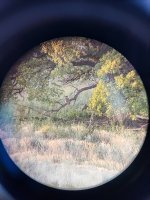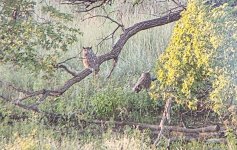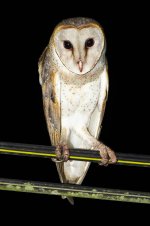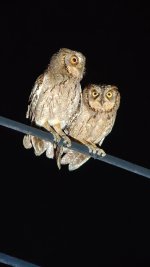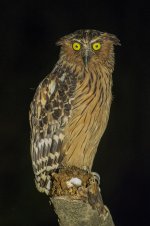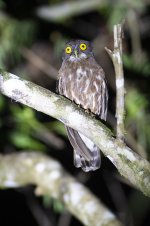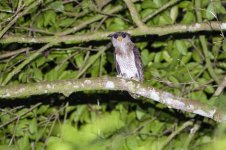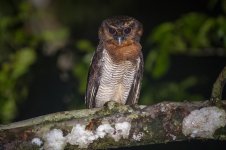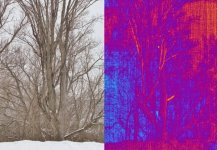PYRTLE
Old Berkshire Boy

wildbill85, you are correct in all aspects........particularly in playing back calls within or close to a breeding / nest site to solicit a response that in doing so it disturbs or alerts the bird in some way. And many photograhers will defend the use of flash, even at very close range. But many have an interest in these species and wish to observe without causing them too much bother. Even with that captivating image of yours, the bird is aware of you're prescence though appears at ease.






